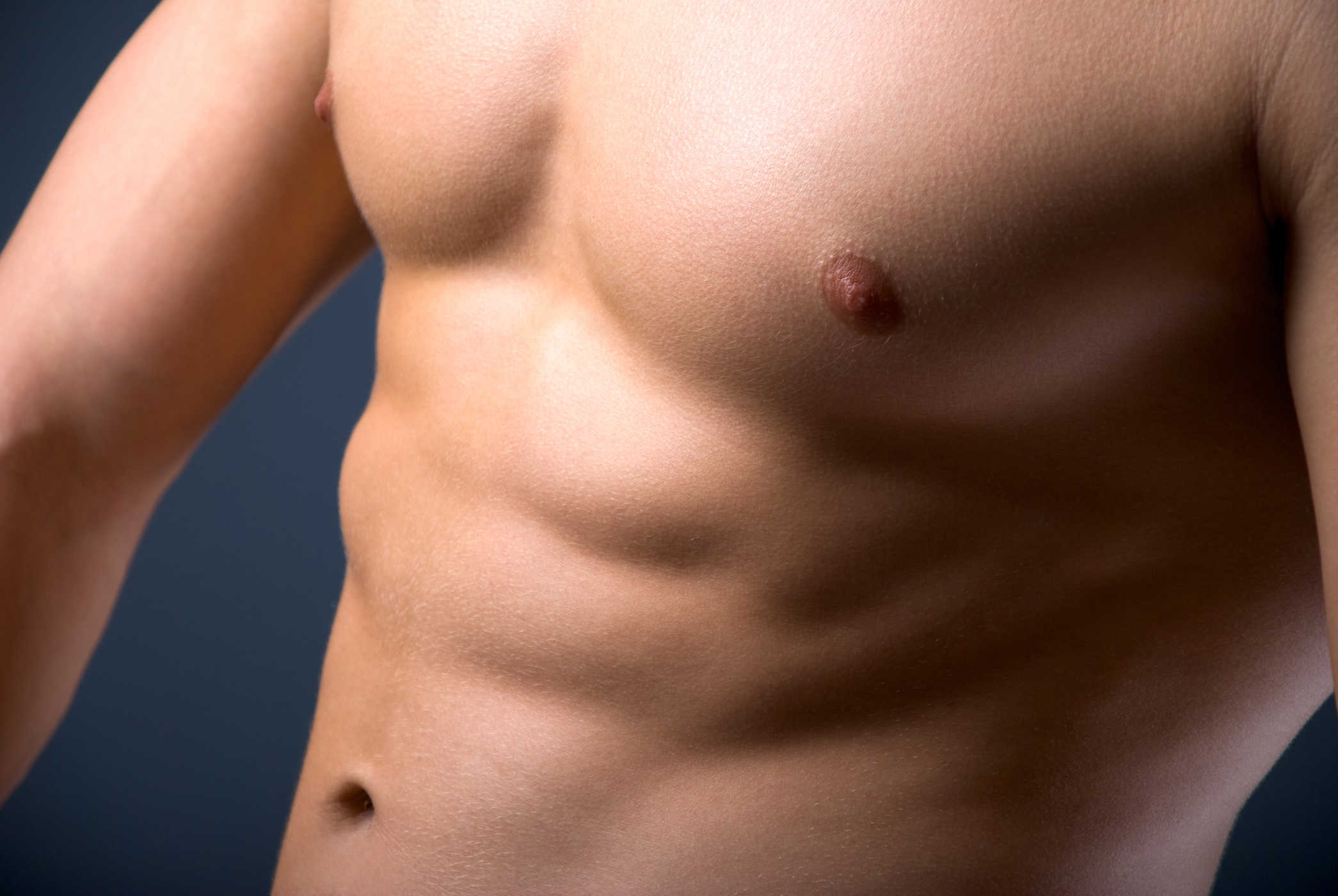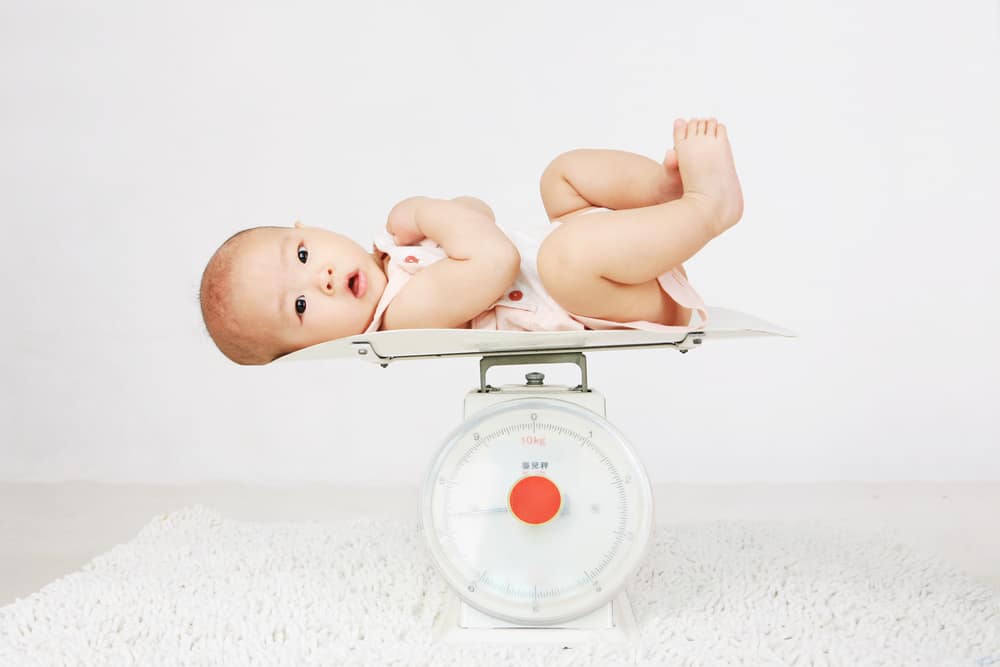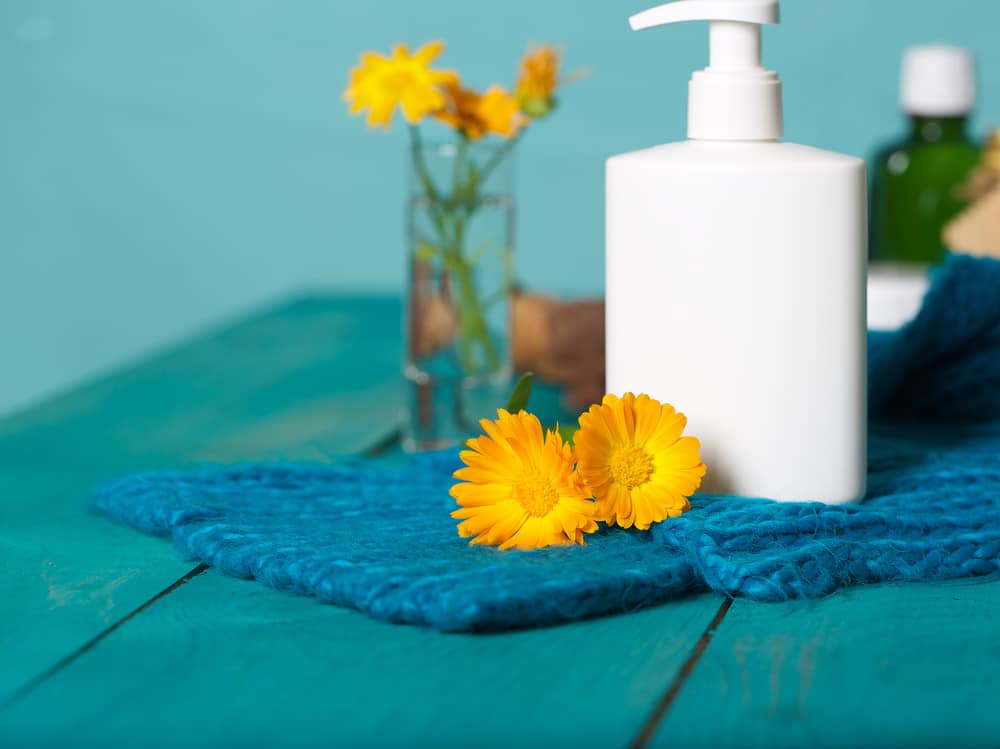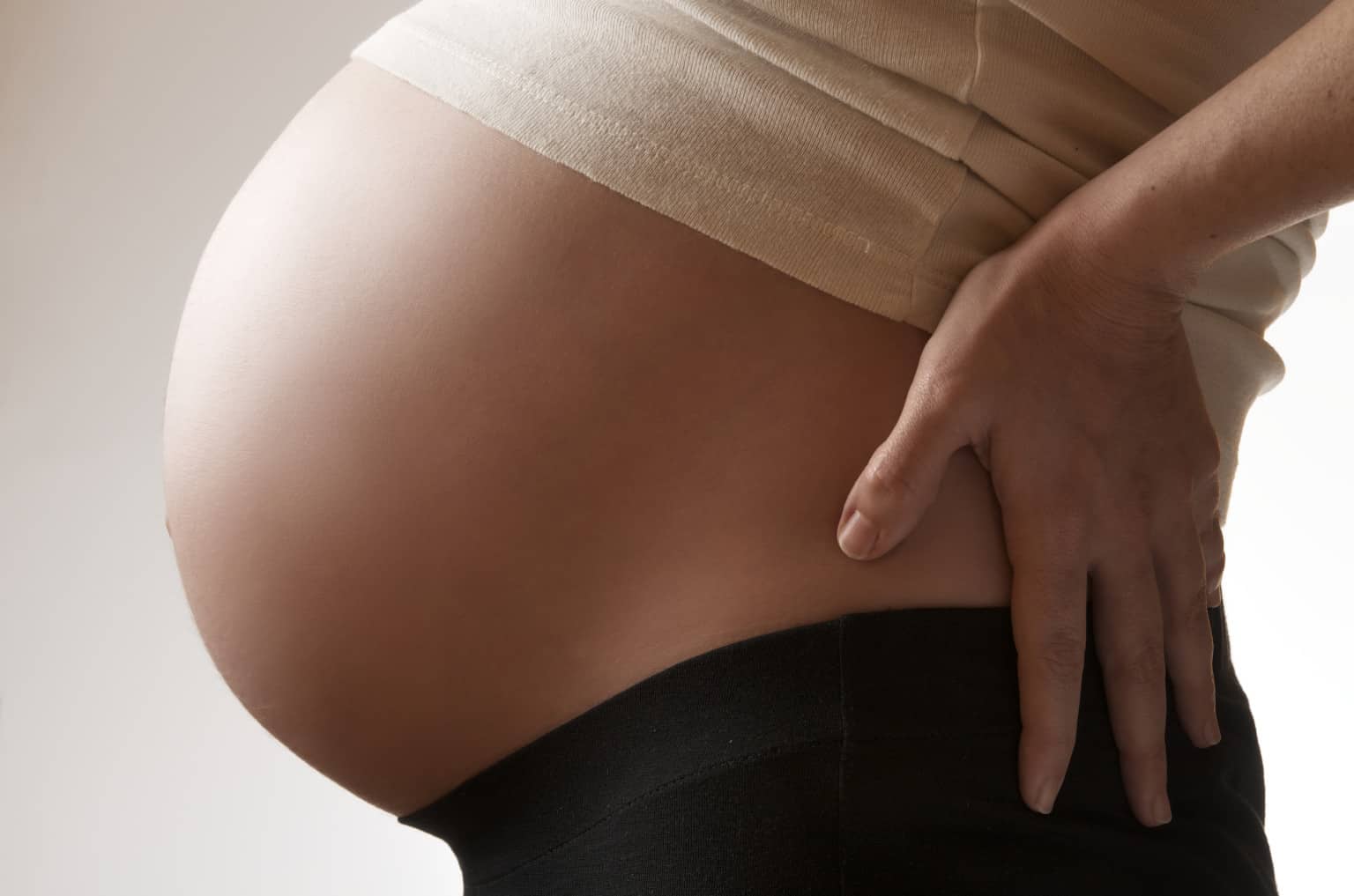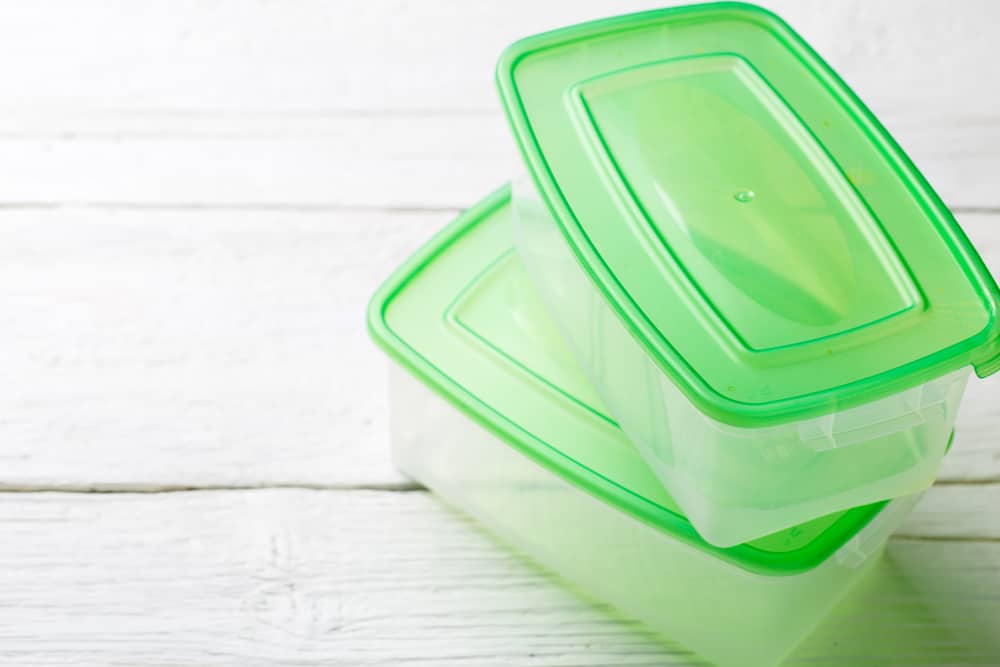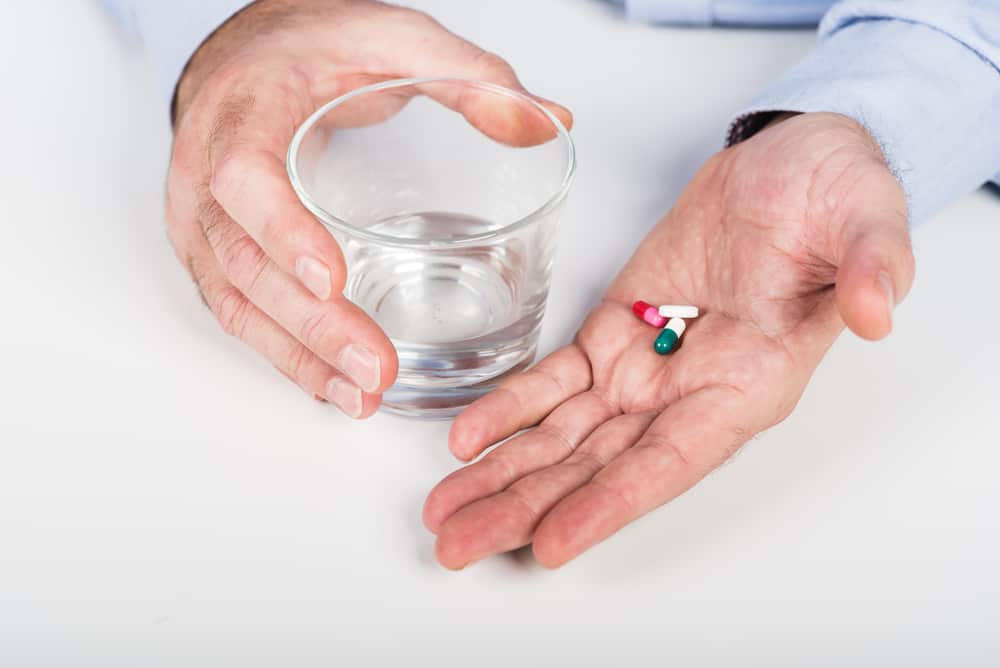Contents:
Medical Video: Breastfeeding Intake Assessment - Part 1, How to know if a baby is drinking enough milk.
Guess what are the similarities between Mark Wahlberg, Tilda Swinton, Lily Allen, and Harry Styles for One Direction personnel? You're both famous, huh. But, there are other things that these four celebrities have, which many people may not know much about - they all share additional nipples. Three nipples, more precisely.
About one in 50 women and 1 in 100 men have three nipples, although there are some humans who have as many as six additional nipples.
Does the third nipple include disease or a condition of birth defects?
The third (or fourth, fifth, ...) nipples have many aliases, ranging from supernumerary nipples, nipple accessories, pseudomamma, polythelia, or polymastia. These extra nipples will often not develop as fully functional nipples. The third nipple usually does not have a medical impact as long as there are no other aspects that are wrong in your body.
All mammals can have extra nipples. Nipple development is divided into eight stages. The first stage is a nipple that forms like a mole. The last stage is the shape of a woman's breast or a man's chest that functions normally. The terms "supernumerary" and "accessories" means additions. Pseudomamma refers to fake or unnecessary tissue in general. While polymastia refers to the presence of additional nipple features accompanied by mammary glands. Polythelia refers to the addition of nipples, without areola - and this is the most common form.
Reporting from The Register, the third nipple can sometimes be considered a mole or just a birthmark. Generally one centimeter in diameter and appears along the vertical milk line that starts from the armpit and moves down to the chest to the groin, both men and women, although not always. A 2006 medical report found a woman who had a third nipple growing on her foot, complete with areola and fine hairs.
What causes three nipples to appear in humans?
To understand how extra nipples appear, first you must first understand how the nipples actually come from. After serma fertilizes the egg, the embryo will form. Around the fourth week of embryonic development, two strips of ectoderm (the part that eventually becomes the skin) will be slightly thickened. These two strips will form a vertical milk line. Weeks and months afterwards, these strips will thicken and develop into mammary glands. In the end, this mammary gland will shrink except in the chest area, where the chest - or breast - and the nipple will continue to grow and develop.
However, sometimes this mammary gland does not disappear completely. When this happens, extra nipples are formed, either as an additional breast complete with the areola, or just the nipples.
Additional nipples can also remove milk
In general, these additional nipples will not develop into whole and normal breasts at the time of puberty. However, if glandular tissue is found - the same type of tissue as the normal nipple - then these extra nipples can experience the same hormonal changes and the same disease that affects normal breast tissue, such as breast cancer. In addition, additional nipples can also change pigmentation, sting, soften, or even excrete milk. In this case, additional nipples will function like normal breasts and nipples, only found in other locations of the body.
If additional nipples are found above the normal position of the nipple, this condition will make it difficult for women after childbirth when lactation occurs along with the two normal nipples, said Norman A. Grossl in the Southern Medical Journal, quoted from BBC Future.
Additional nipple connection with bladder abnormalities
Although additional breasts and nipples are not unfamiliar, several studies have shown an association between additional nipples and bladder or kidney duct malformations, although it is not yet known what caused them. Researchers suspect that this connection arises from the bladder, kidney, and mammary gland systems growing at the same time during the period of embryonic development, but further research is needed to confirm this assumption.
So far, the phenomenon of three nipples is only one in a million body anomalies that may arise in the human body as a result of genetic variation. Additional nipples do not require special therapy or treatment, but in certain cases, some people choose to carry out surgical procedures to remove their extra nipples, for cosmetic reasons and mere appearance considerations.
READ ALSO:
- Are deodorant routines at risk for breast cancer?
- Do you prefer to sleep with a bra or not?
- Vaginal rejuvenation surgery, is it necessary?

